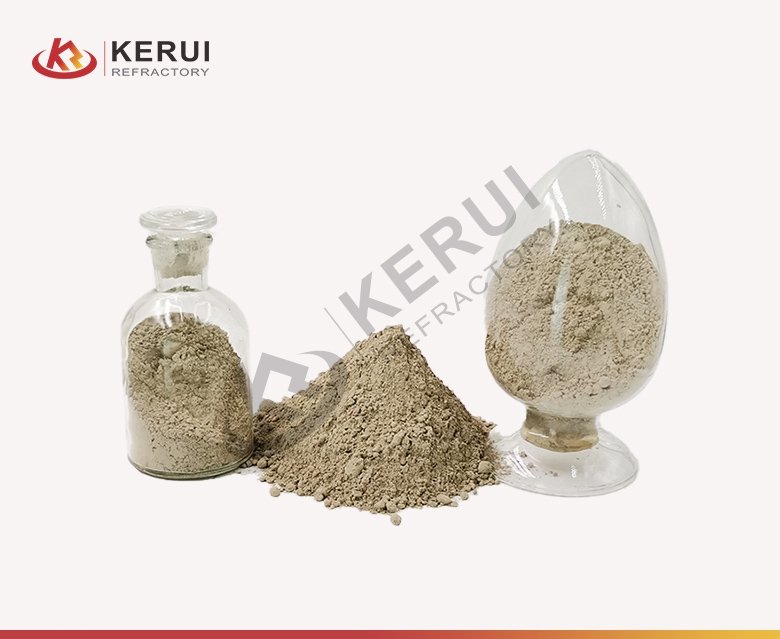Moldable refractory cement is a specialized material known for its exceptional heat resistance and versatility. It offers unique properties that make it suitable for various applications in industries such as construction, metallurgy, and manufacturing. In this article, we will delve into the diverse range of applications where moldable refractory cement plays a vital role, highlighting its importance and benefits in each context.
Furnace and Kiln Repair
One of the primary applications of moldable refractory cement is in the repair and maintenance of furnaces and kilns. Furnaces and kilns operate at extremely high temperatures, and over time, the refractory lining can deteriorate due to thermal cycling and chemical exposure. Moldable refractory cement provides an effective solution for repairing damaged linings, filling cracks, and restoring the insulation properties of these critical equipment. Its moldable nature allows it to be easily shaped and applied to irregular surfaces, ensuring a tight seal and improved thermal efficiency.
Foundry Operations
Foundries utilize moldable refractory cement for various applications. It is commonly used in the construction of foundry ladles, molds, and crucibles. The cement's high heat resistance and ability to withstand molten metals make it ideal for these demanding environments. Moldable refractory cement can be molded into intricate shapes, providing excellent thermal insulation and preventing the loss of heat during casting and metal pouring processes.
Boiler Maintenance
Boilers in power plants and industrial facilities require regular maintenance to ensure optimal performance and efficiency. Moldable refractory cement is used in boiler repair and maintenance to address issues such as refractory lining cracks, erosion, and spalling. The cement's ability to withstand high temperatures and its excellent bonding properties make it an effective choice for repairing and restoring boiler linings, prolonging the lifespan of these critical components.
Incinerators and Waste Management
Incinerators and waste management facilities operate at extreme temperatures and are exposed to corrosive and abrasive conditions. Moldable refractory cement is used to line the interior of incinerators, providing thermal insulation and protection against chemical reactions and abrasion caused by waste materials. It ensures the efficient combustion of waste while maintaining the integrity and longevity of the incinerator structure.
Glass and Ceramic Industries
The glass and ceramic industries rely on moldable refractory cement for various applications. It is used in the construction of glass melting furnaces, crucibles, and molds for glass and ceramic production. Moldable refractory cement's high thermal shock resistance and ability to withstand intense heat make it an essential material in these industries, ensuring the durability and efficiency of production processes.
Insulation and Heat Shielding
Moldable refractory cement is employed in insulation and heat shielding applications across different industries. It can be used to create insulating layers and barriers in equipment and structures that require protection from high temperatures. This includes insulation for pipes, chimneys, and exhaust systems, as well as heat shields for machinery and components exposed to extreme heat.
Conclusion
The applications of moldable refractory cement of Kerui Group China are extensive and diverse. Its exceptional heat resistance, moldable nature, and bonding properties make it an indispensable material in industries such as construction, metallurgy, manufacturing, and waste management. Whether it's repairing furnaces, lining foundry equipment, maintaining boilers, or insulating high-temperature environments, moldable refractory cement offers reliable solutions for withstanding extreme heat and protecting critical infrastructure. Its versatility and performance make it a valuable asset in numerous industrial processes, contributing to efficiency, safety, and longevity.
